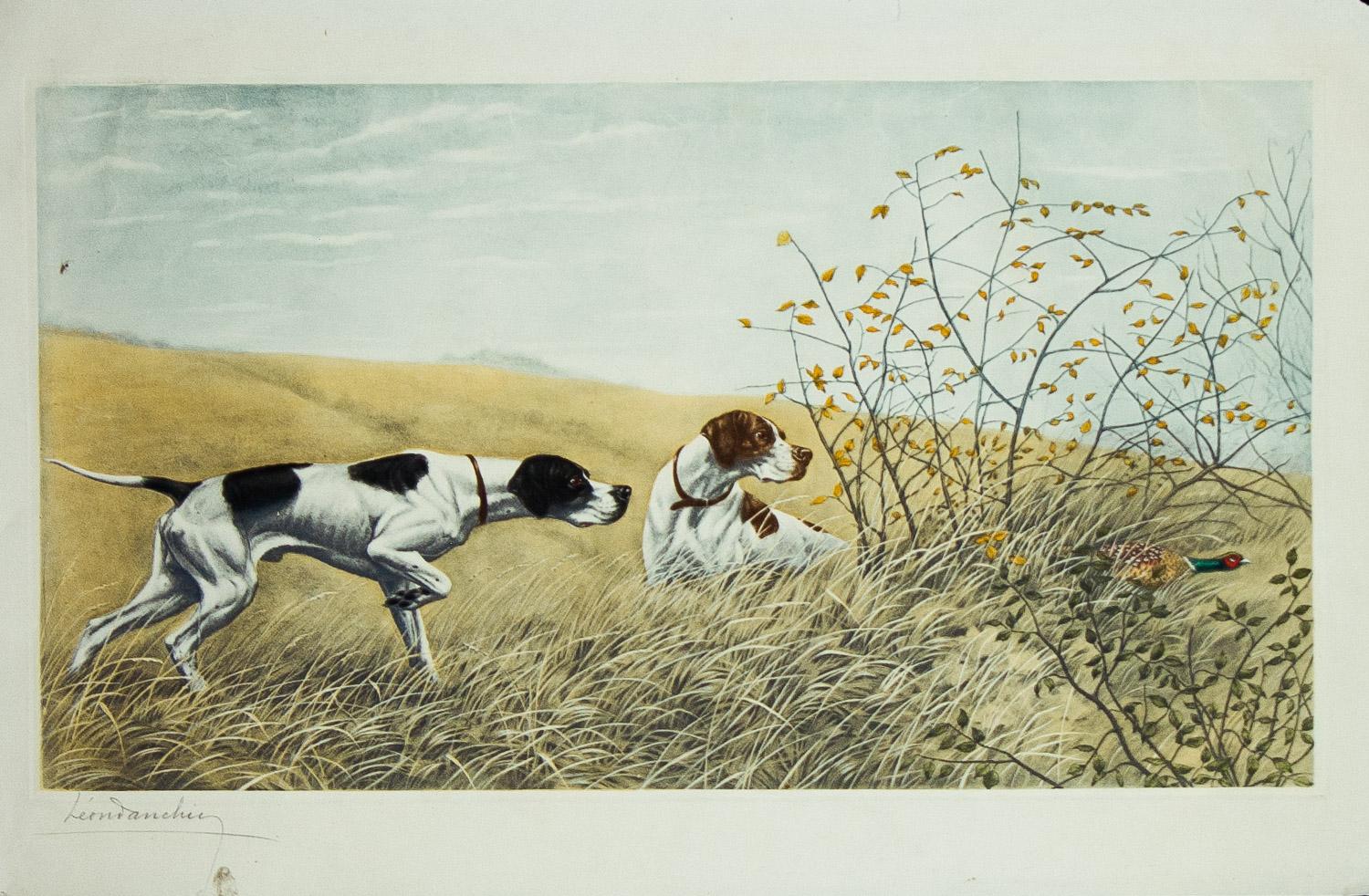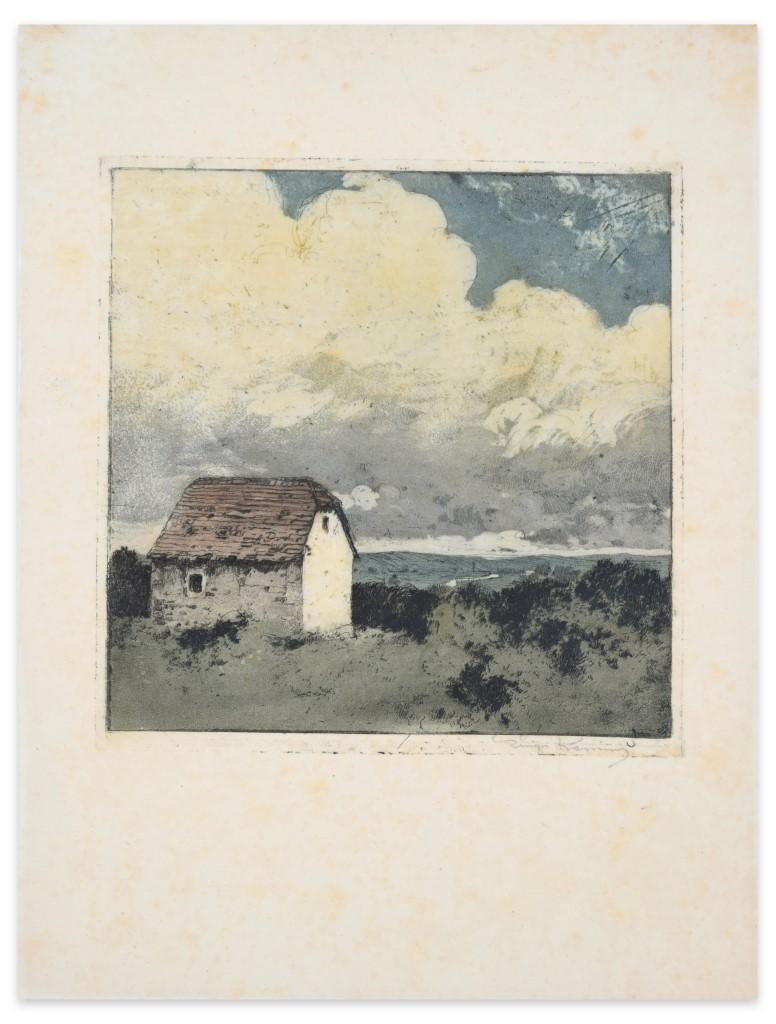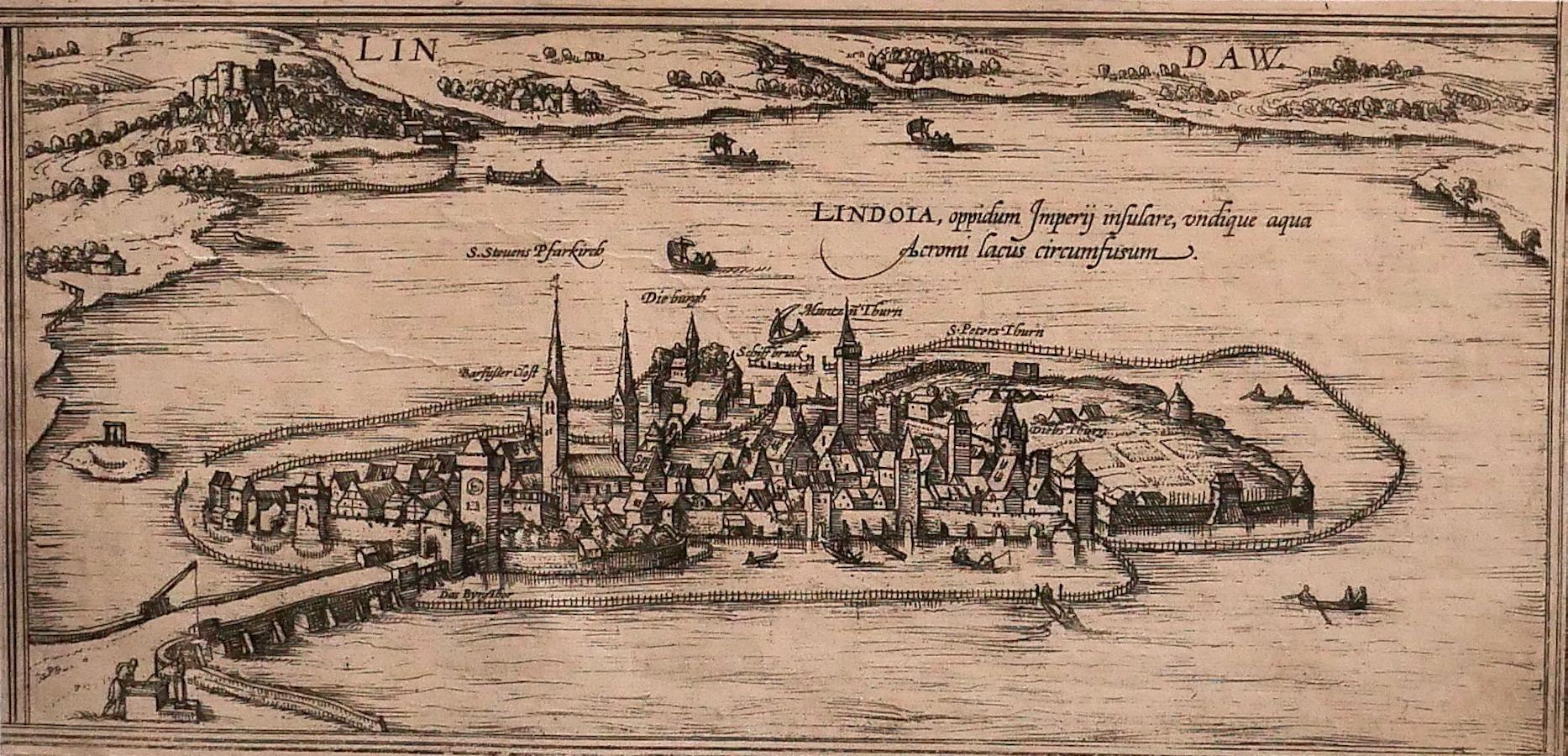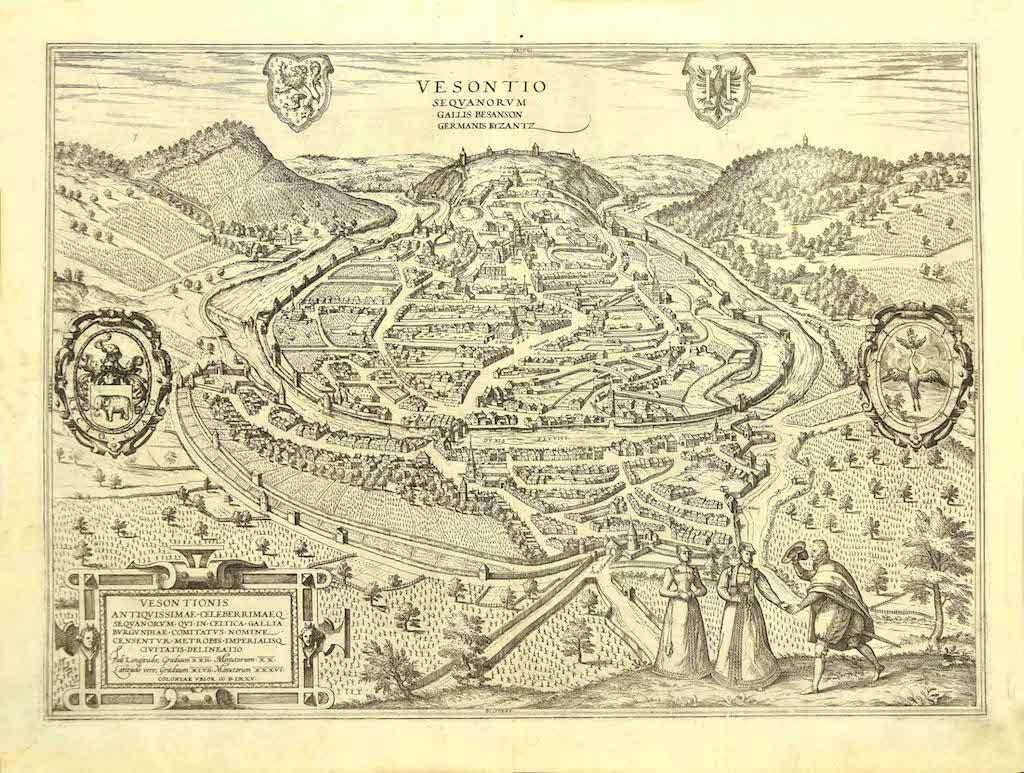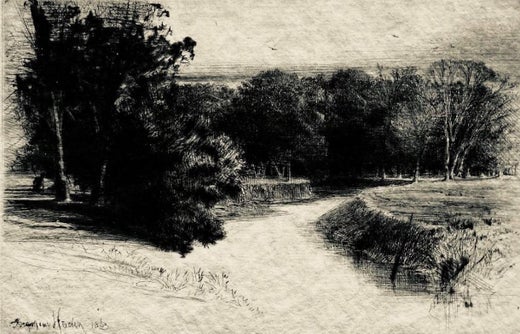Seymour HadenWareham Bridge1877
1877
About the Item
- Creator:Seymour Haden (1818-1910, British)
- Creation Year:1877
- Dimensions:Height: 9 in (22.86 cm)Width: 12 in (30.48 cm)
- Medium:
- Period:
- Condition:
- Gallery Location:Missouri, MO
- Reference Number:1stDibs: LU74732384531
Seymour Haden
Sir Francis Seymour Haden was an etcher, collector and surgeon, born in the UK in 1818. He studied at the Derby School, Christ's Hospital and University College in London. He also studied at the medical schools of the Sorbonne in Paris and Grenoble. He became a member of the Royal College of Surgeons in 1842, and he was made a fellow in 1857. He was an honorary surgeon to the Department of Science and Art from 1851–67 and in 1847, he settled into private practice. Haden was a vice-president of the obstetrical society of London and one of the founders of the Royal Hospital for Incurables in 1850. In 1858, Haden encouraged James McNeil Whistler to work from nature and consequently, Whistler dedicated his first set of etchings entitled French Set, to Haden. The etchings were printed by Auguste Delâtre in Paris and marketed, with some help from Haden, in London. In 1859, Whistler settled in London and often visited Haden's Sloane Street home. Haden became the president of the Society of Painter-Etchers, and he was partly responsible for the Rembrandt exhibition at the Burlington Fine Arts Club in 1879. His published works include The Etched Work of Rembrandt (1879), The Art of the Painter-Etcher (1890) and the Royal Society of Painter-Etchers (1891). In 1891, he was elected a member of the Athenæum and in 1894 his public service was rewarded with a knighthood. In 1905, his distinction was recognized abroad by honorary membership of the Institut de France, the Académie des Beaux-Arts and the Société des Artistes Français. He was awarded medals for etching at the Expositions Universelles in Paris in 1889 and 1900.
- ShippingRetrieving quote...Ships From: Missouri, MO
- Return PolicyA return for this item may be initiated within 2 days of delivery.
- HarmonvilleBy Daniel GarberLocated in Missouri, MODANIEL GARBER "Harmonville, Pennsylvania" c. 1925 Etching printed in black ink on wove paper. 7 7/8 x 11 3/4 inches, full margins. Signed, titled and inscribed "DG imp" in pencil, ...Category
1920s American Impressionist Landscape Prints
MaterialsEtching
- FodderBy John CostiganLocated in Missouri, MOFodder by John Costigan (1888-1972) Signed Lower Right Titled Lower Left 9.75" x 12.75" Unframed 17.5" x 19.75" Framed John Edwards Costigan was born in Providence, Rhode Island on ...Category
20th Century American Impressionist Landscape Prints
MaterialsEtching
- Canyon Road, Sante FeBy Will (William Howard) ShusterLocated in Missouri, MOCanyon Road, Santa Fe By. William Howard Shuster (American, 1893-1969) Signed Lower Right Edition of 100 Lower Center Titled Lower Left Unframed: 4" x 4.75" Framed: 15.75" x 15.25" A realist and early modernist painter, graphic artist, illustrator, and sculptor, Will Shuster became known primarily for his work in New Mexico where in 1920, he settled in Santa Fe, having been encouraged to come there by John Sloan. He had studied electrical engineering at the Drexel Institute in Philadelphia and later was a student of Sloan's in Santa Fe in both etching and painting. He was in World War I, where he suffered a gas attack. On his return, he studied with J William Server in Philadelphia but was advised to go West for his health. In Santa Fe in 1921, he became one of the founding members of Los Cinco Pintores...Category
20th Century American Modern Landscape Prints
MaterialsEtching
- BostonBy John William HillLocated in Missouri, MOJohn William Hill (1812-1879) "Boston" 1857 Hand-Colored Engraving Site Size: 29 x 41 inches Framed Size: 39 x 52 inches Born in London, England, John William Hill came to America with his family at age 7. His father, John Hill, was a well-known landscape painter, engraver, and aquatintist. John William had a career of two phases, a city topographer-engraver and then, the leading pre-Rafaelite school painter in this country. Employed by the New York Geological Survey and then by Smith Brothers...Category
1850s Pre-Raphaelite Landscape Prints
MaterialsAquatint, Engraving
- Shere Mill PondBy Sir Francis Seymour Haden, R.A.Located in Missouri, MOShere Mill Pond, No. II (large plate). 1860. Etching and drypoint. Schneiderman 37.v/ix. 7 x 13 1/8 (sheet 10 3/4 x 16 3/8). This state is prior to publication in Études à l'Eau-Forte. Illustrated: Keppel The Golden Age of Engraving; Print Collector's Quarterly 1 (1911): 18; : Guichard, British Etchers, 1850-1940. A rich, brilliant proof with drypoint burr printed on white laid paper. Signed in pencil. ------------------------------------------------------------------------------------------- Shere Mill Pond, No. II was one of the most highly praised landscape prints of the etching revival. An impression was exhibited at the Royal Academy in 1861 under Haden’s pseudonym, H. Dean. Francis Seymour Haden used this anagram of his own name early in his career as an artist, in order to retain his anonymity and preserve his professional reputation as a surgeon. Biography: Sir Francis Seymour Haden (16 September 1818 - 1 June 1910), was an English surgeon, best known as an etcher. He was born in London, his father, Charles Thomas Haden, being a well-known doctor and lover of music. He was educated at Derby School, Christ's Hospital, and University College, London, and also studied at the Sorbonne, Paris, where he took his degree in 1840. He was admitted as a member of the College of Surgeons in London in 1842. In 1843-1844, with his friends Duval, Le Cannes and Colonel Guibout, he travelled in Italy and made his first sketches from nature. Haden attended no art school and had no art teachers, but between 1845 and 1848 he studied portfolios of prints belonging to a second-hand dealer named Love, who had a shop in Bunhill Row, the old Quaker quarter of London. Arranging the prints in chronological order, he studied the works of the great original engravers, Albrecht Dürer, Lucas van Leyden and Rembrandt. These studies, besides influencing his original work, led to his important monograph on the etched work of Rembrandt. By lecture and book, and with the aid of the memorable exhibition at the Burlington Fine Arts Club in 1877, he tried to give a true reflection of Rembrandt's work, giving a nobler idea of the master's mind by taking away from the list of his works many dull and unseemly plates that had long been included in the lists. His reasons were founded upon the results of a study of the master's works in chronological order, and are clearly expressed in his monograph, The Etched Work of Rembrandt critically reconsidered, privately printed in 1877, and in The Etched Work of Rembrandt True and False (1895). Haden's printmaking was invigorated by his much younger brother-in-law, James Whistler, at the Haden home in Sloane Street in 1855. A press was installed there and for a while Haden and Whistler collaborated on a series of etchings of the Thames. The relationship and project did not last. Haden followed the art of original etching with such vigour that he became not only the foremost British exponent of that art but brought about its revival in England. His strenuous efforts and perseverance, aided by the secretarial ability of Sir WR Drake, resulted in the foundation of the Royal Society of Painter-Etchers and Engravers. As president he ruled the society with a strong hand from its first beginnings in 1880. Notwithstanding his study of the old masters of his art, Haden's own plates were very individual, and are particularly noticeable for a fine original treatment of landscape subjects, free and open in line, clear and well divided in mass, and full of a noble and dignified style of his own. Even when working from a picture his personality dominates the plate, as for example in the large plate he etched after J.M.W. Turner's "Calais Pier," which is a classical example of what interpretative work can do in black and white. Of his original plates, more than 250 in number, one of the most notable was the large "Breaking up of the Agamemnon." An early plate, rare and most beautiful, is "Thames Fisherman". "Mytton Hall" is broad in treatment, and a fine rendering of a shady avenue of yew trees leading to an old manor-house in sunlight. "Sub Tegmine" was etched in Greenwich Park in 1859; and "Early Morning--Richmond", full of the poetry and freshness of the hour, was done, according to Haden, actually at sunrise. One of the rarest and most beautiful of his plates is "A By-Road in Tipperary"; "Combe Bottom" is another; and "Shere Mill Pond" (both the small study and the larger plate), "Sunset in Ireland," "Penton Hook," "Grim Spain" and "Evening Fishing, Longparish," are also notable examples of his genius. A catalogue of his works was begun by Sir William Drake and completed by Harrington in 1880. During later years Haden began to practise the sister art...Category
Late 19th Century Old Masters Landscape Prints
MaterialsEtching, Drypoint
- Ponte di Donna Onesta, VeniceBy John MarinLocated in Missouri, MOVery rare etching by John Marin. "Ponte di Donna Onesta, Venice" 1907 Original Etching Hand Signed Lower Right Titled Lower Left Edition: c. 30 Cat. Rais: ...Category
Early 1900s Abstract Landscape Prints
MaterialsEtching
- “On the Seine, Paris”By Hans FiguraLocated in Southampton, NYOriginal aquatint etching of working river barges on the Seine in Paris, France. A horse drawn cart is seen loading or unloading product. Circa 1900. Si...Category
Early 1900s Academic Landscape Prints
MaterialsArchival Paper, Aquatint
- Veduta delle Antiche Sostruzioni, Vintage Cityscape Etching by Giovanni PiranesiBy Giovanni Battista PiranesiLocated in Long Island City, NYArtist: Giovanni Battista Piranesi, Italian (1720 - 1788) Title: Veduta delle Antiche Sostruzioni Portfolio: Vedute di Roma Year: 1776 Medium: Etching ...Category
1770s Old Masters Landscape Prints
MaterialsEtching
- Two Pointers Hunting a Pheasant original etching by Leon Danchin 1938By Leon DanchinLocated in Paonia, COTwo Pointers Hunting a Pheasant is an original color etching by the well known sporting artist Leon Danchin. Two Pointers, one black and white and...Category
1930s Realist Animal Prints
MaterialsEtching
- Cottage in the Countryside - Etching by Luigi Kasimir - 20th CenturyBy Luigi KasimirLocated in Roma, ITCottage in the Countryside is a splendid print in etching technique colored engraved by Luigi Kasimir (1881-1962). The state of preservation of the artwork is excellent. Sheet Dimension: 25.5 x 19 cm Image Dimensions: 15 x 15 cm This artwork represents a Cottage in the Countryside, with beautiful colors. Illegible original hand-signed, on the lower right. Luigi Kasimir (1881-1962): He was an Austro-Hungarian-born etcher, painter, printmaker and landscape artist. Kasimir was among the first to develop the technique of the coloured etching. Before this, prints were usually hand-coloured with the colour being applied in a casual, haphazard manner. Kasimir would first create a sketch—usually in pastel. He then transferred the design on as many as four to six plates, printing one after the other and applying the colour on the plate—all done by hand. Kasimir is mainly famous for his etchings, but he also produced some oil painting, as well as some pastels. One of his favourite genres was the landscape, or veduta. He demonstrated a predisposition for monuments, street scenes, and tourist landmarks. He depicted places from all over Europe, mainly Italy, Austria, and Germany. He also travelled to the United States to do a series of etchings of famous sights ranging from urban landmarks such as New York City skyscrapers to natural wonders like Yosemite Valley. Luigi Kasimir’s etchings...Category
20th Century Modern Landscape Prints
MaterialsEtching
- Lindaw - Etching by George Braun - Late 16th CenturyLocated in Roma, ITParnes is an original etching realized by George Braun (1541 – 1622) The state of preservation of the artwork is good with some fold on the left. Inter...Category
16th Century Landscape Prints
MaterialsEtching
- View of Vesontio - Etching by G. Braun and F. Hogenberg - Late 16th CenturyBy Franz HogenbergLocated in Roma, ITThis View of Vesontio is an original etching realized by George Braun and Franz Hogenberg, as part of the famous Series "Civitates Orbis Terrarum". The “Civitates Orbis Terrarum” (A...Category
16th Century Figurative Prints
MaterialsEtching

